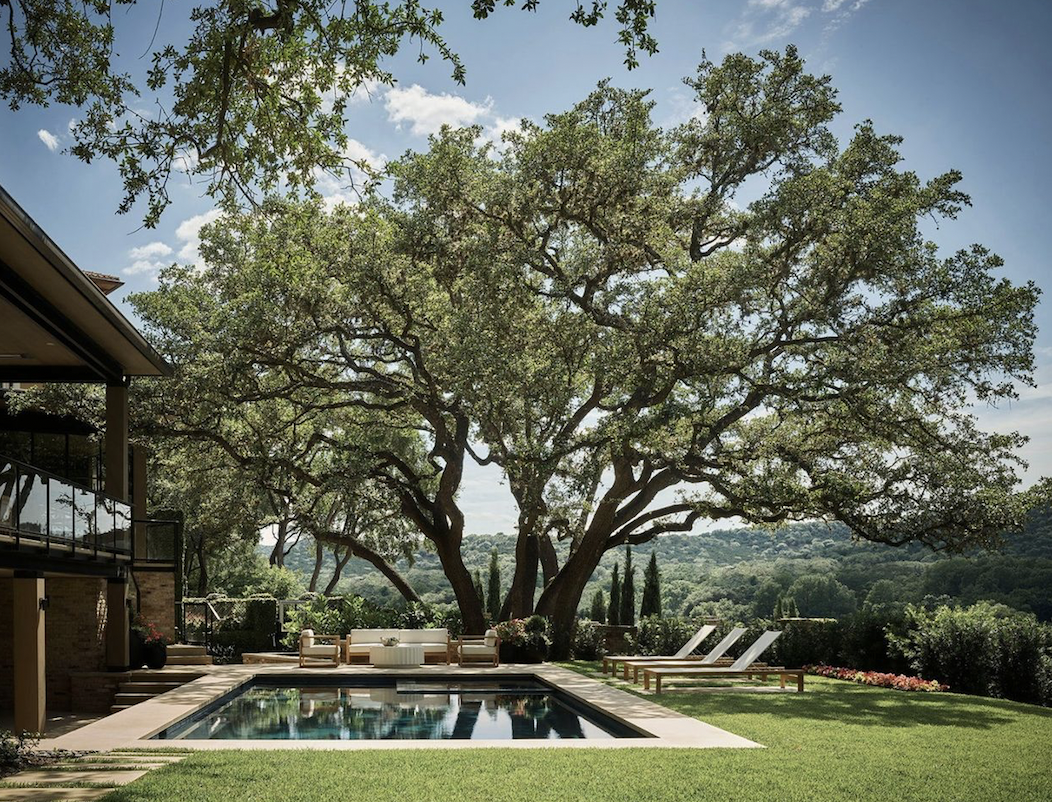From triple-tier fountains to endless paving, the outmoded garden trends that the design pros see most often. Read more, ‘How To Create A Garden That Pleases The Whole Family.’
Like spiky haircuts and skinny jeans, your landscaping choices will inevitably skid out of style. Certain planting techniques are being abandoned by landscape gurus.
Consider rows of ornamentals such as pansies and impatiens sidling up to hydrangea. This froufrou fantasy surged as a status symbol in the mid-twentieth century, but is far too resource-sucking today.
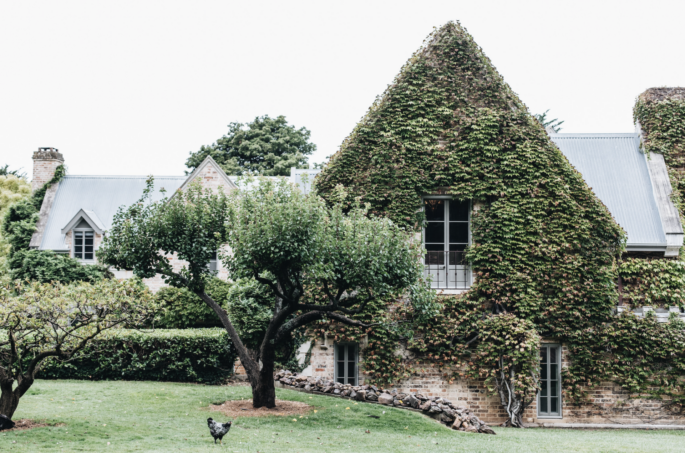
Photo: Abbie Melle
Functional gardens are the way of the future as we see an increasing trend towards en masse hodgepodges of edible plants, bushes and trees, including pollinators and medicinals, sprouting instead.
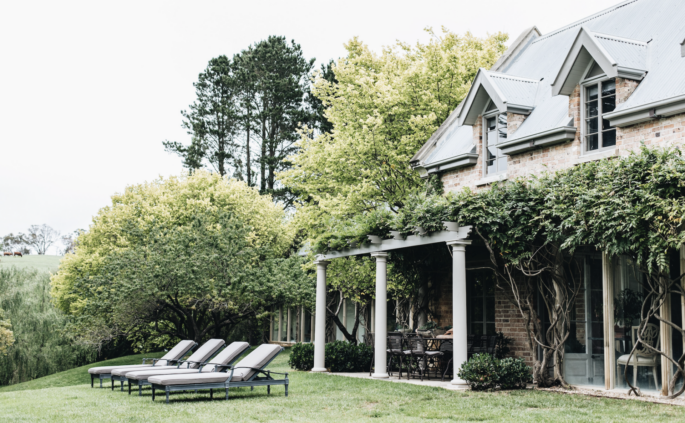
Foundation planting—shrubs and trees too close to a house’s foundations – can appear to choke it. You want to see more of your house, such as Wollumbi Estate, featured in Melissa’s new book, Living Well By Design, (Vendome Press). Pre-order now. Photo: Abbie Melle.
Here’s what’s looking passe in landscaping these days, and what to pick and plant instead.
DATED: The days of huge expanses of paved stone pool decks leaving very little room for natural grass or garden spaces are over. Read more, ‘Key Outdoor Trends To Make The Most Out Of Your Garden.’
UP-TO-DATE: Lawn that is brought right up to the pool coping creates a resort-like beauty. Lounges and chairs sit on minimal landscaping and look as if they are on the grass. The platforms protect the furniture from water damage while leaving a luscious green garden that goes to the pool’s edge.
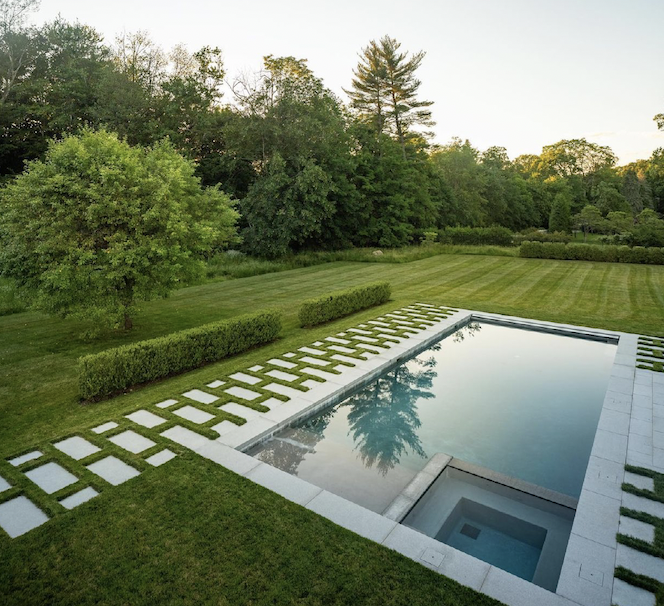
The days of huge expanses of paved stone pool decks leave very little room for natural grass or garden. Lawn that is brought right up to the pool coping creates a resort-like beauty. Photo: @kathrynhermandesign
DATED: Popular in the 1980s and ’90s, triple-tiered fountains recall Italian piazzas in a way that would have been appealing to Tony Soprano. Beyond outmoded, the flourish condemns you to a life of fighting the algae that grows in them. Read more, ‘Making a Modern Garden.’
UP-TO-DATE: A sculpture can solidify the relationship between a house and its plot. Opt for a piece with large scale and mass. A smooth design with some curvilinear aspects can make a striking juxtaposition against informal planting and foliage.
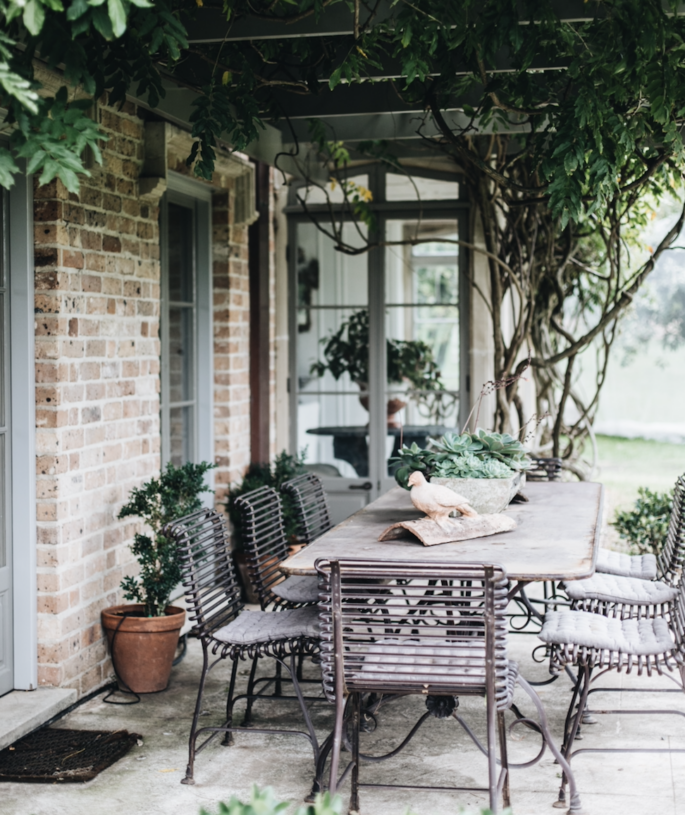
Wollumbi Estate is a great example of the new trend for planting larger trees at the corners of your house exterior and dwarf specimens between, so you can see more of your house. The property appears in Melissa’s new book, Living Well By Design, (Vendome Press), out October, pre-order now. Photo: Abbie Melle.
DATED: Red coloured mulch in planting beds was a very unfortunate trend, dating back to Walt Disney World in the 1960s, a look that crept through suburbia. The hue is neither brown, or red, just like a bad dye job. Read more, ‘Your Guide To The Ultimate Garden Transformation.’
UP-TO-DATE: Opt for chemical-free options that add nutrients to the soil, like mini pine-bark mulch that is nothing more than shredded pine tree needles, and easily found at most garden centres. Equally effective are straw, grass clippings, and gravel which also make great mulch.
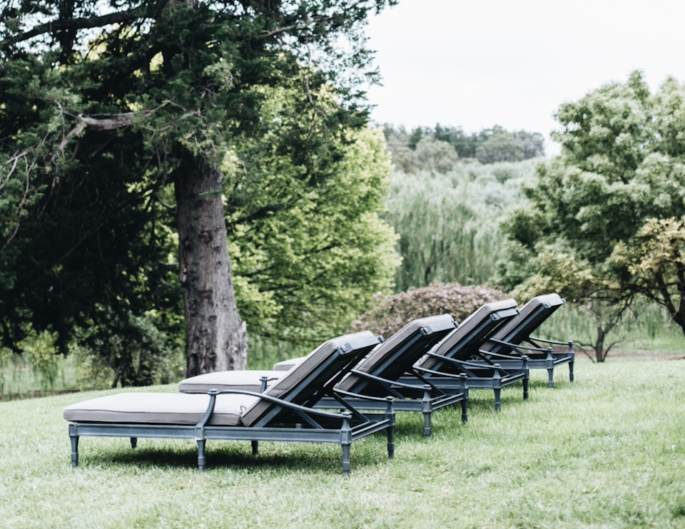
These days it’s more chic to have a pared-back garden that embraces natural beauty such as Wollumbi Estate, which features in Melissa’s new book, Living Well By Design, (Vendome Press), available for pre-order now. Photo: Abbie Melle
DATED: Foundation planting—shrubs and trees too close to a house’s foundations can appear to choke it— causing mould on siding if greenery gets too big, make home repairs thorny and raise hell with the building’s base. Don’t position flora closer than one metre from a foundation. Read more, ‘Key Outdoor Trends To Make The Most of Your Garden All Year.’
UP TO DATE: You want to see more of your house, so plant larger trees at the corners and dwarf specimens between, or plant perennials and grasses, not shrubs, around the exterior.
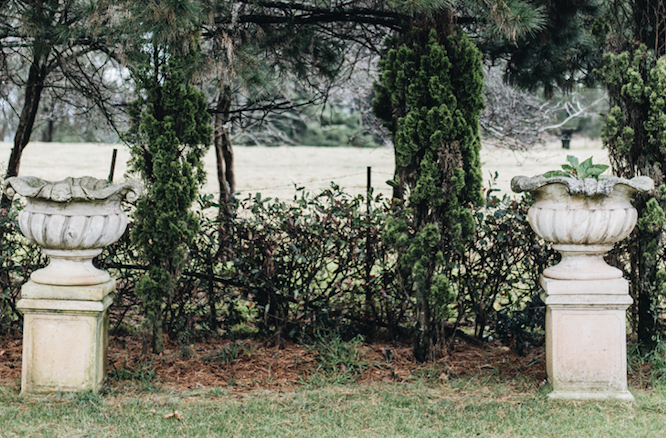
Overscale objects can work when punctuating a view such as urns on plinths at Nic Cerrone’s rural retreat in Australia’s Southern highlands. Photo: Abbie Melle
DATED: Overt outdoor ornamentation peaked in the 1990s—like fanciful bird baths, globes and angel statues. Give them the heave-ho.
UP-TO-DATE: These days it’s more chic to have a pared-back garden that embraces natural beauty. Installing a surface-level bird bath with the still water or a small pond is preferable – especially a copper specimen that will patina over time. You will still enjoy the benefits of having a birdbath without having it be a focal point. Read more, ‘Want A Gorgeous Garden Fast? Here’s What To Plant.’
Overscaled objects can still work when punctuating views with a pair of stone lions or architectural urns on plinths.
DATED: In the 1990s, landscapers plopped boulders onto grounds to add dimension—and unsurprisingly, the big stones sit there still. The problem? So often, they aren’t authentic to the topography of the land.
UP-TO-DATE: Plant equally substantive bushes with a similar scale. Ideally they would be right for the area’s hardiness zone, such as a quick-growing hornbeam hedge or boxwood, which can be trimmed to any scale.
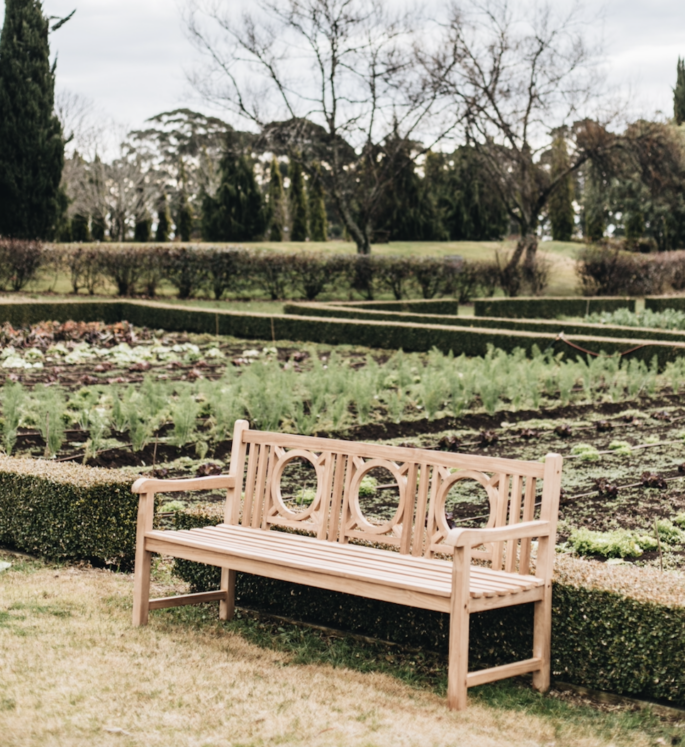
A garden needs multiple layers for overall effect such as engagement ring king, Nic Cerrone’s Kangaloon property in Australia’s Southern Highlands. Photo: Abbie Melle
DATED: With the flounciness of a rococo ball gown, florals that ring tree trunks in rainbow circles are now more musty than must-have. The plants are too orderly. Read more, ‘Key Outdoor Trends To Make The Most of Your Garden All Year.’
UP-TO-MATE: Colour outside the lines, loosen restrictive delineations and sow a mix of native species in a comparatively fluid style for a more contemporary tree skirt. We prefer airy plants with a lot of movement that add a visual focus to a landscape.
DATED: Geometrically spaced drifts of a single species have held sway for two decades.
UP-TO-DATE: Try vegetation that injects a hint of wildness without getting disorderly, such as regionally appropriate ground covers and wildflowers that will seasonally pop up and recede like fireworks. Apply three or more layers of colour over one another—starting with halftones, then an overlay to pick up tone and colour, and the final layers to bring out detail.
A garden needs multiple layers for overall effect.
DATED: Hot decks. Unless you like wilting like a flower in the midday sun, outdoor seating areas without shade leave guests exhausted, and with sunstroke.
INSTEAD: Think of an outdoor living room with pergola. No walls necessary: a covered outdoor space is an extra living or entertaining room. If you have the great fortune of living in a house often the backyard is the biggest room of your home.
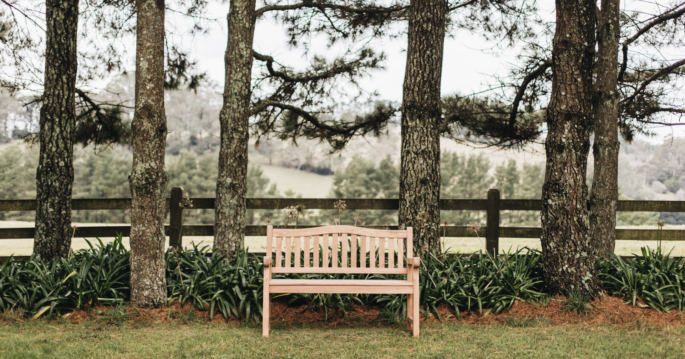
Airy trees and plants with a lot of movement that add a visual focus to a landscape are the way of the future – such as Nic Cerrone’s family rural estate in Australia’s Southern Highlands. Photo: Abbie Melle.
This is an edited excerpt that first appeared in Wall Street Journal.

